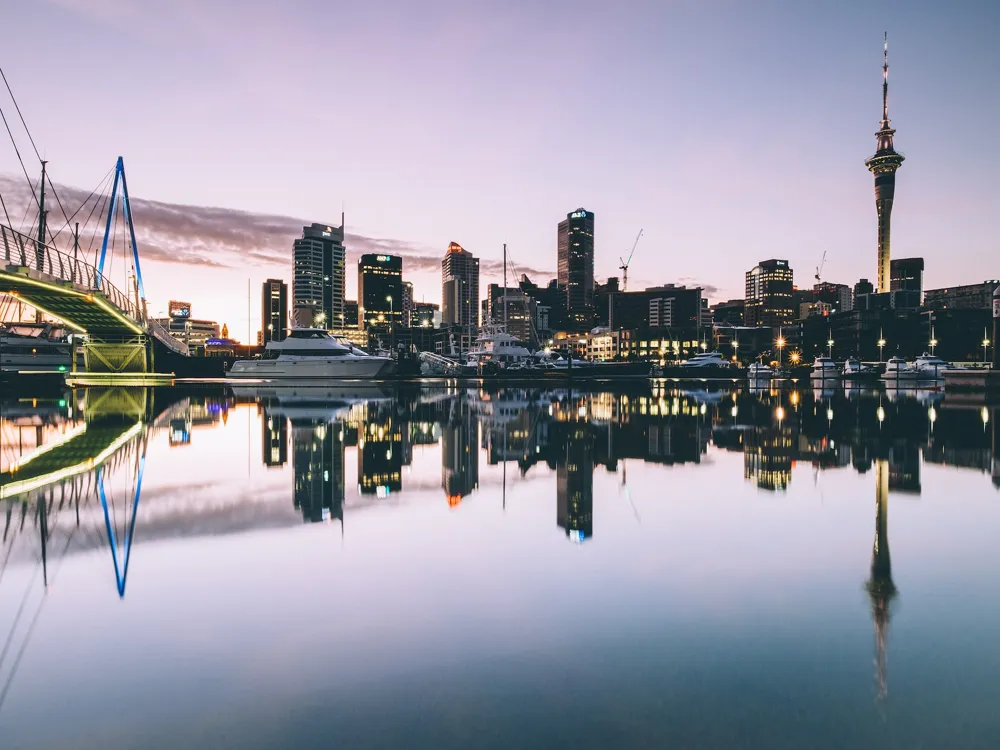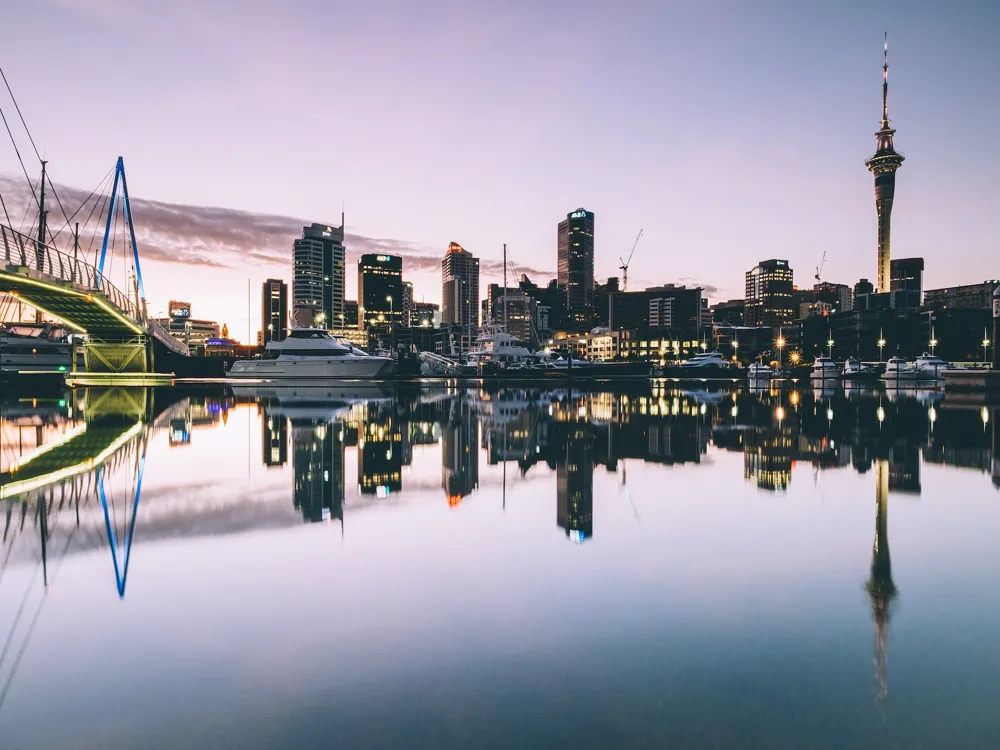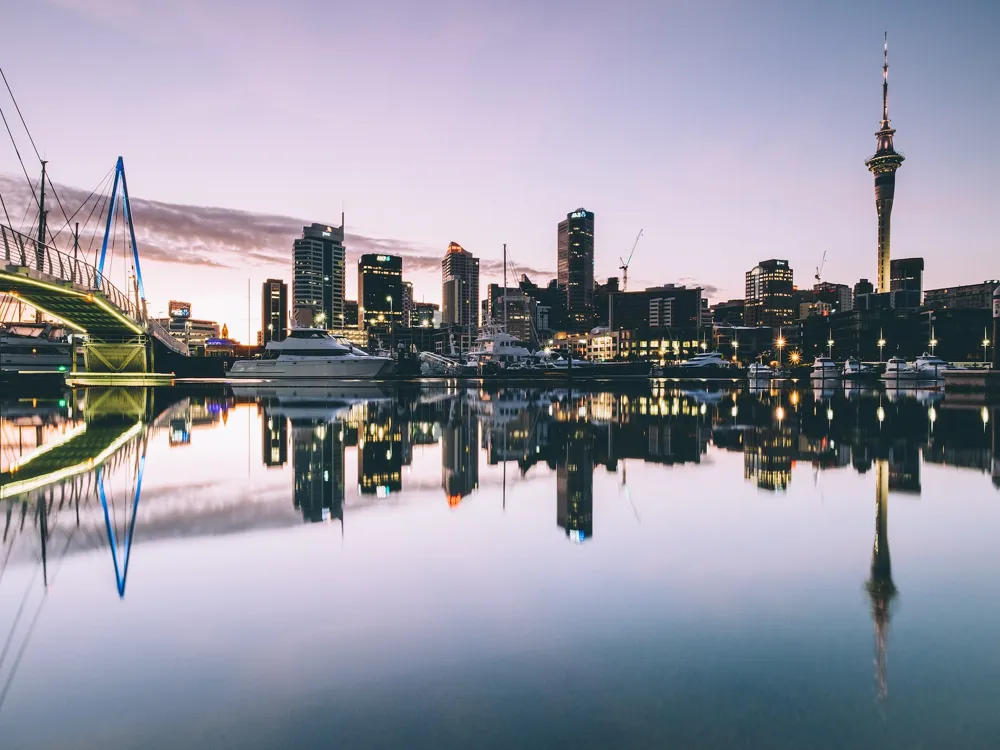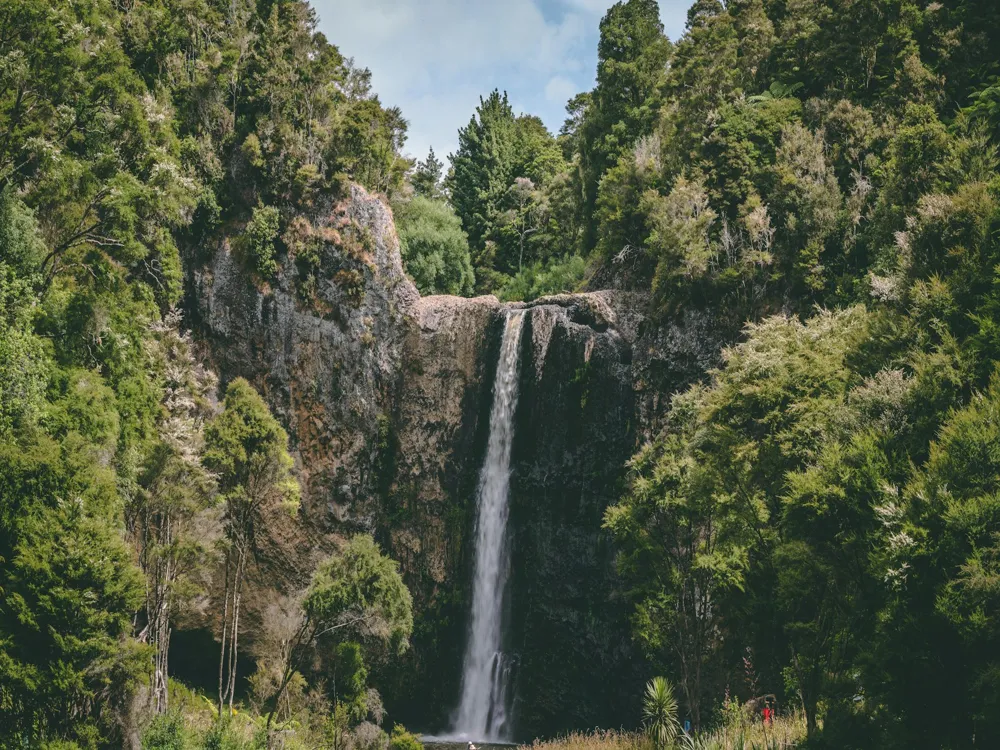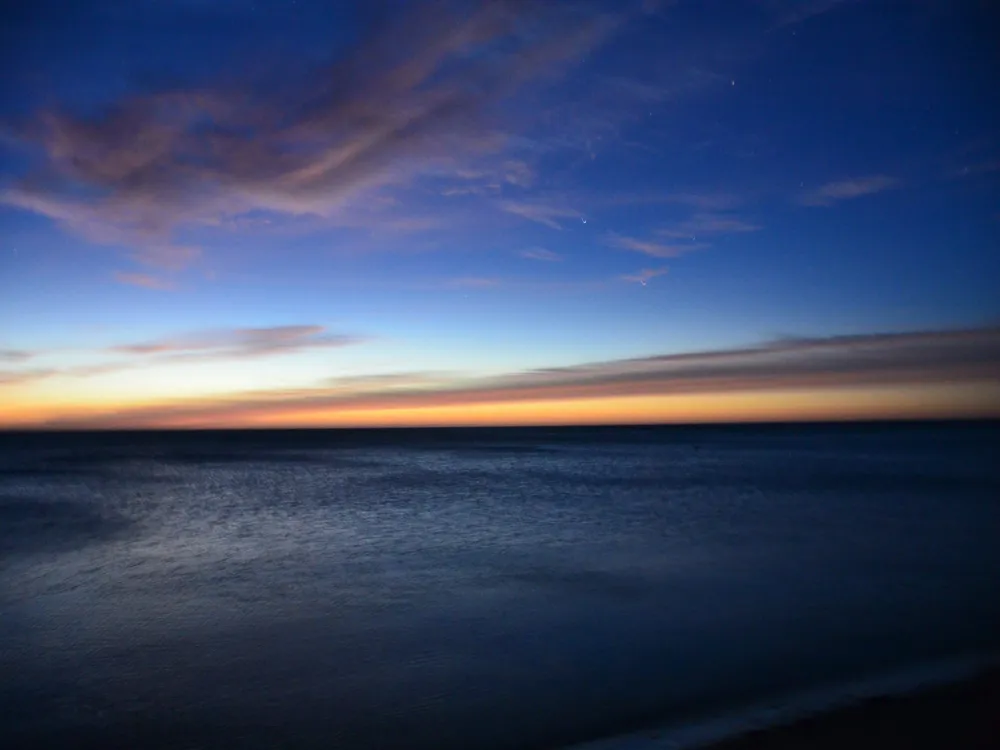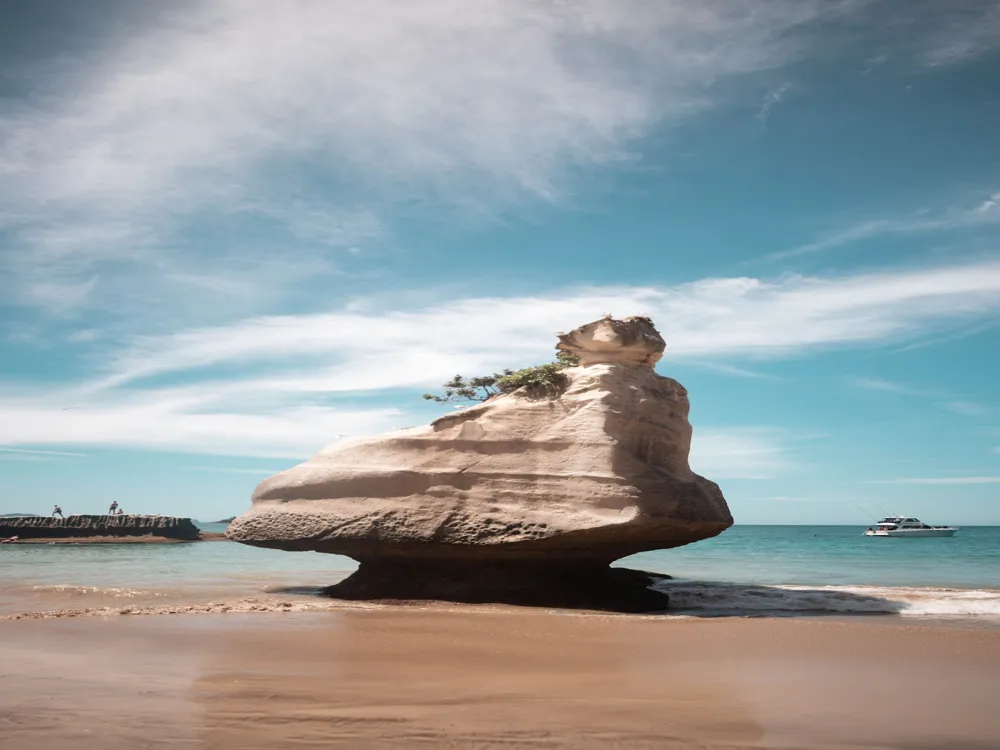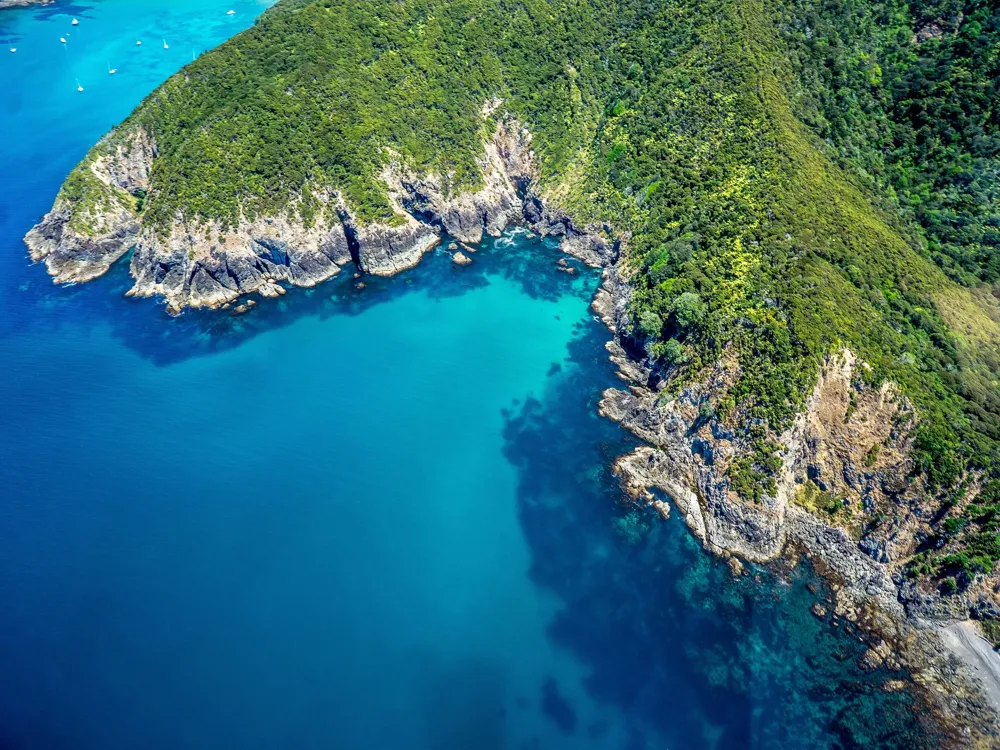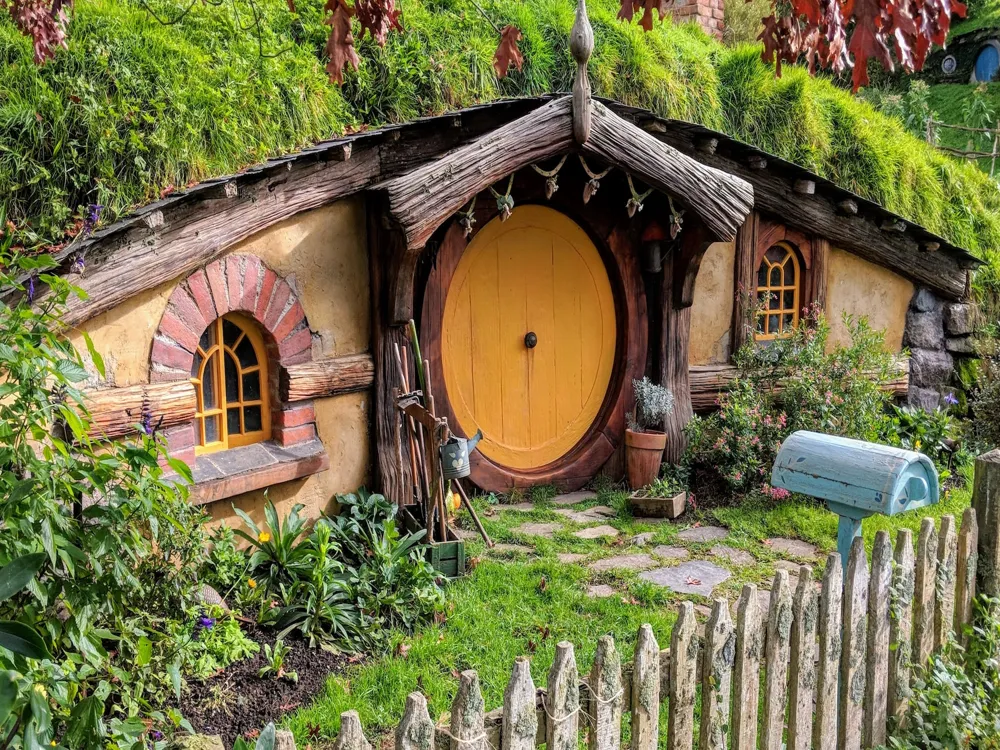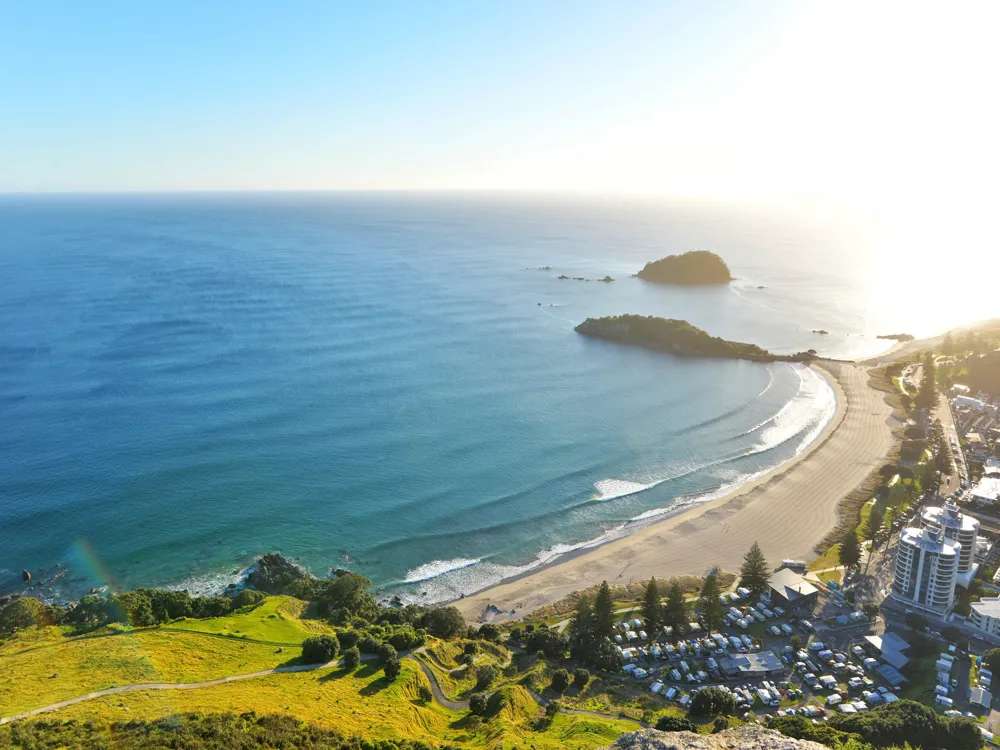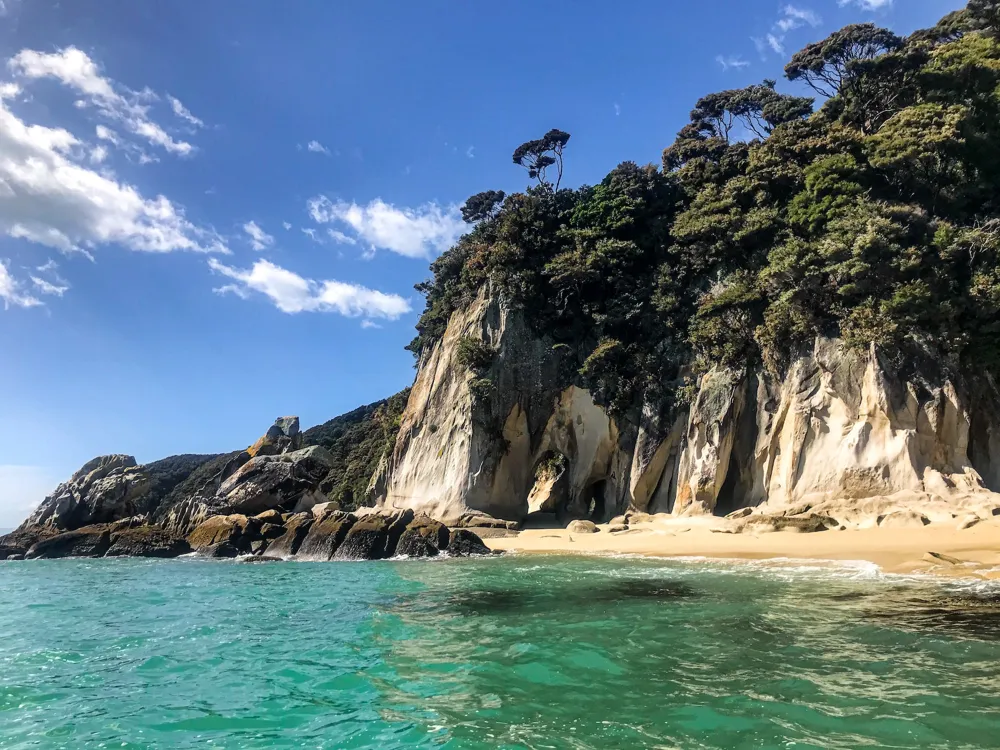Auckland, known as the 'City of Sails,' is an enchanting blend of natural beauty and urban sophistication. Nestled between two harbors, Auckland's landscape is a tapestry of volcanic hills, islands, and beaches, making it a unique and attractive destination. As New Zealand's largest city, Auckland is a vibrant hub of culture, art, and gastronomy, offering a rich tapestry of experiences that appeal to all types of travelers. Its unique geographic setting, with the Tasman Sea to the west and the Pacific Ocean to the east, provides a stunning backdrop for a diverse array of activities, from sailing and fishing to hiking and wine tasting. Auckland's geography is marked by its volcanic field, comprising about 53 cones and craters. These natural landmarks offer spectacular views and are significant in the Maori culture. The climate is temperate, with warm, humid summers and mild, damp winters, making it an ideal year-round destination. Auckland is a melting pot of cultures, home to the largest Polynesian population in the world. This cultural diversity is reflected in its culinary scene, festivals, and art. Maori culture plays a significant role, with numerous opportunities to engage with the rich heritage of New Zealand's indigenous people. The city is the economic powerhouse of New Zealand, with a strong presence in finance, commerce, and tourism. Auckland also prides itself on its educational institutions, including top-ranked universities and research centers. Auckland's architecture is a vivid chronicle of its history and a window into its future. From classic Victorian buildings to contemporary masterpieces, the city's skyline is a diverse canvas showcasing various architectural styles. Auckland's architecture reflects its cultural diversity, blending Maori, European, Pacific, and Asian influences. The city is dotted with historical landmarks, such as the Auckland Town Hall, Alberton House, and the High Court. These structures, mainly built during the colonial era, are notable for their Victorian and Edwardian styles, featuring intricate designs and craftsmanship. In contrast, Auckland's modern architecture, like the Sky Tower and the Auckland Art Gallery, displays innovative design and technology, emphasizing sustainability and ecological sensitivity. These contemporary structures not only define the city's skyline but also represent Auckland's growth and progressive mindset. The residential architecture ranges from classic bungalows and villas to modern apartments and waterfront properties, reflecting the city's evolving lifestyle and demographics. Key sites include the Britomart Precinct, which blends old and new architecture, and the Wynyard Quarter, known for its sustainable urban development. For architecture enthusiasts, Auckland offers guided tours that explore its architectural heritage and contemporary designs, providing insights into the city's evolving landscape. The best time to visit Auckland is during the summer months from December to February when the weather is warm and sunny. However, for those looking to avoid the crowds, the shoulder seasons of spring and autumn also offer pleasant weather and fewer tourists. Auckland has a well-developed public transportation system, including buses, trains, and ferries. The AT HOP card, a reusable prepay smart card, is the most convenient way to travel around the city. For more flexibility, consider renting a car or a bicycle. The city offers a range of accommodations, from luxury hotels to budget hostels. For a unique experience, consider staying in a beachfront property or a boutique hotel in one of the city's trendy neighborhoods. Auckland's culinary scene is a reflection of its multicultural population. Don't miss the chance to try local specialties like the Hangi (traditional Maori method of cooking food using heated rocks buried in a pit oven) or fresh seafood. The city also has a thriving café culture, perfect for coffee enthusiasts. Top attractions include the Sky Tower, Auckland War Memorial Museum, Waiheke Island, and Rangitoto Island. Nature lovers should explore the Waitakere Ranges and Piha Beach, while history buffs will enjoy the Howick Historical Village. When visiting Auckland, it's important to respect the local customs and traditions. This includes being mindful of Maori cultural sites, removing shoes before entering someone's home, and understanding the concept of 'manaakitanga,' which represents hospitality and kindness towards guests. Auckland is well-connected internationally and domestically. Auckland Airport serves as the primary gateway, with numerous international and domestic flights. For those traveling within New Zealand, road and rail networks provide scenic routes to Auckland. The city is also a popular stop for cruise ships, making it accessible by sea. Auckland Airport is located about 20 kilometers south of the city center and offers a range of transport options, including buses, taxis, and car rentals, for reaching downtown Auckland. The city is connected to the rest of New Zealand by a network of highways. Intercity buses offer regular services to and from Auckland, providing an economical and scenic way to travel. Auckland's ports welcome many international and local cruise lines. Additionally, the city's ferry services connect Auckland to surrounding islands and coastal areas. Read More:Overview of Auckland
Geography and Climate
Population and Culture
Economy and Education
Architecture of Auckland
Historical Buildings
Modern Architecture
Residential Architecture
Key Architectural Sites
Architectural Tours
Tips When Visiting Auckland
Best Time to Visit
Transportation
Accommodations
Local Cuisine
Must-Visit Attractions
Local Etiquette
How To Reach Auckland
By Air
By Road
By Sea
Piha Beach
Auckland
₹ 72,000 onwards
View auckland Packages
Auckland Travel Packages
View All Packages For Auckland
Top Hotel Collections for Auckland

Private Pool

Luxury Hotels

5-Star Hotels

Pet Friendly
Top Hotels Near Auckland
Other Top Ranking Places In Auckland
View All Places To Visit In auckland
View auckland Packages
Auckland Travel Packages
View All Packages For Auckland
Top Hotel Collections for Auckland

Private Pool

Luxury Hotels

5-Star Hotels

Pet Friendly





